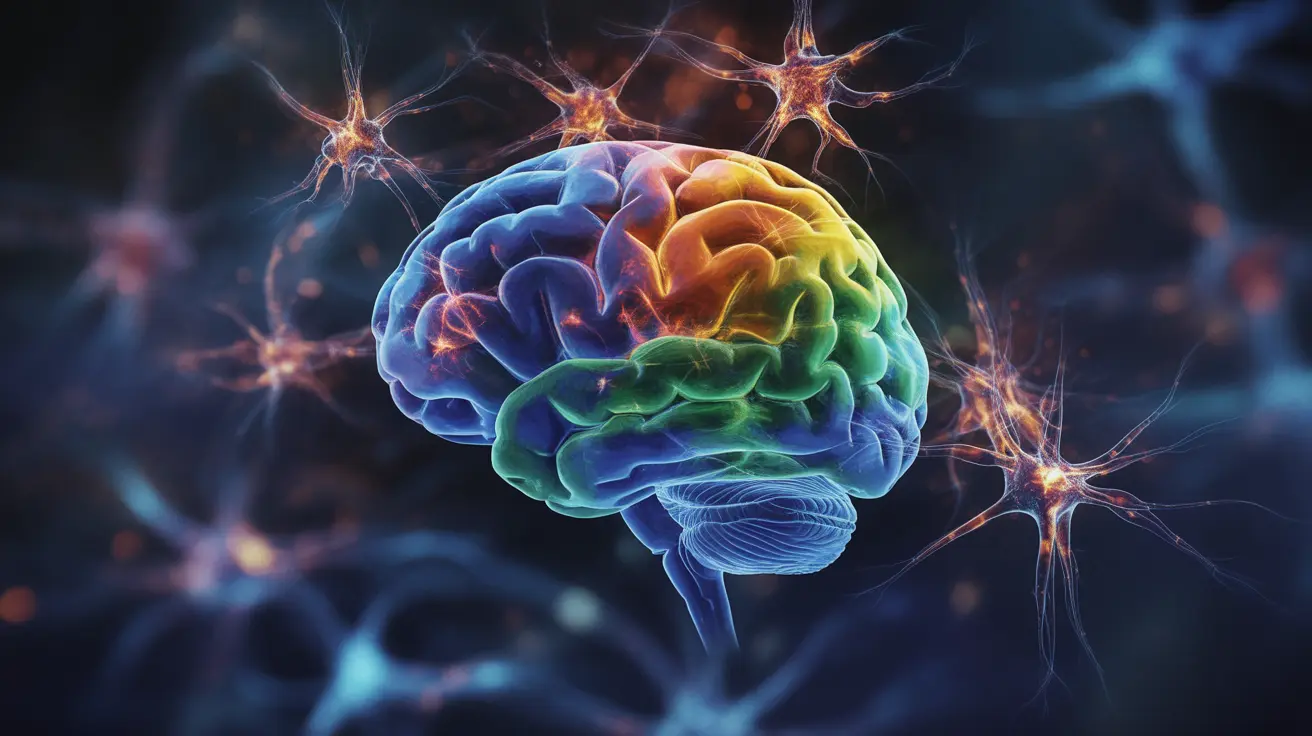The human brain is an incredibly complex organ that has fascinated scientists and researchers for centuries. One persistent myth suggests that humans only use 10 percent of their brain capacity, but modern neuroscience tells a dramatically different story. Understanding how our brain actually functions is crucial for appreciating this remarkable organ's full potential and maintaining optimal brain health.
In this comprehensive guide, we'll explore the scientific evidence behind brain usage, debunk common misconceptions, and examine how various activities engage different parts of our brain. We'll also discuss practical ways to support and enhance brain function through lifestyle choices.
The Truth About Brain Usage
Scientific evidence consistently shows that we use virtually all of our brain, though not necessarily all at once. Different activities and states of consciousness activate various regions of the brain in complex, interconnected patterns. Even during sleep, the brain remains highly active, with different areas working together to process information, consolidate memories, and maintain vital bodily functions.
Understanding Brain Activity Patterns
The brain operates through networks of neurons that fire simultaneously across different regions. Various activities engage specific areas:
- Visual processing occurs in the occipital lobe
- Memory formation involves the hippocampus
- Movement coordination happens in the cerebellum
- Decision-making engages the prefrontal cortex
- Emotional responses activate the limbic system
Modern Brain Imaging Technology
Advanced neuroimaging techniques have revolutionized our understanding of brain activity. Technologies such as functional magnetic resonance imaging (fMRI), positron emission tomography (PET), and electroencephalography (EEG) allow researchers to observe the brain in action, revealing complex patterns of neural activity during different tasks and states of consciousness.
Optimizing Brain Health and Function
While we naturally use our entire brain, we can take steps to maintain and enhance its function:
- Regular physical exercise increases blood flow to the brain
- Quality sleep supports memory consolidation and brain repair
- A balanced diet rich in omega-3 fatty acids and antioxidants
- Mental stimulation through learning new skills
- Social interaction and stress management
The Origin of the 10 Percent Myth
The misconception about using only 10 percent of our brain likely originated from a misinterpretation of early neuroscience research. This myth gained popularity through self-help literature and popular culture, despite lacking any scientific basis. Understanding its origins helps us appreciate why this persistent belief continues to circulate despite being thoroughly debunked by modern neuroscience.
Frequently Asked Questions
How much of our brain do we really use according to science?
Scientific evidence shows that we use virtually all of our brain, though different regions are activated at different times depending on our activities and needs.
Why is the idea that we only use 10 percent of our brain a myth?
This myth has been disproven through modern brain imaging studies that show activity throughout the brain. Even simple tasks require multiple brain regions working together, and damage to any part of the brain typically results in noticeable impairments.
How do brain imaging techniques show activity in different parts of the brain?
Advanced technologies like fMRI and PET scans can track blood flow and metabolic activity in the brain, showing which regions are active during specific tasks or states. These tools reveal that different activities engage various parts of the brain simultaneously.
Can lifestyle changes like diet and exercise improve brain health and function?
Yes, research shows that regular exercise, proper nutrition, adequate sleep, and mental stimulation can enhance brain function and potentially reduce the risk of cognitive decline.
How did the myth about using only 10 percent of our brain originate and why does it persist?
The myth likely emerged from misinterpreted early neuroscience findings and was popularized by self-help books and media. It persists because it suggests untapped human potential, despite being thoroughly debunked by scientific evidence.




